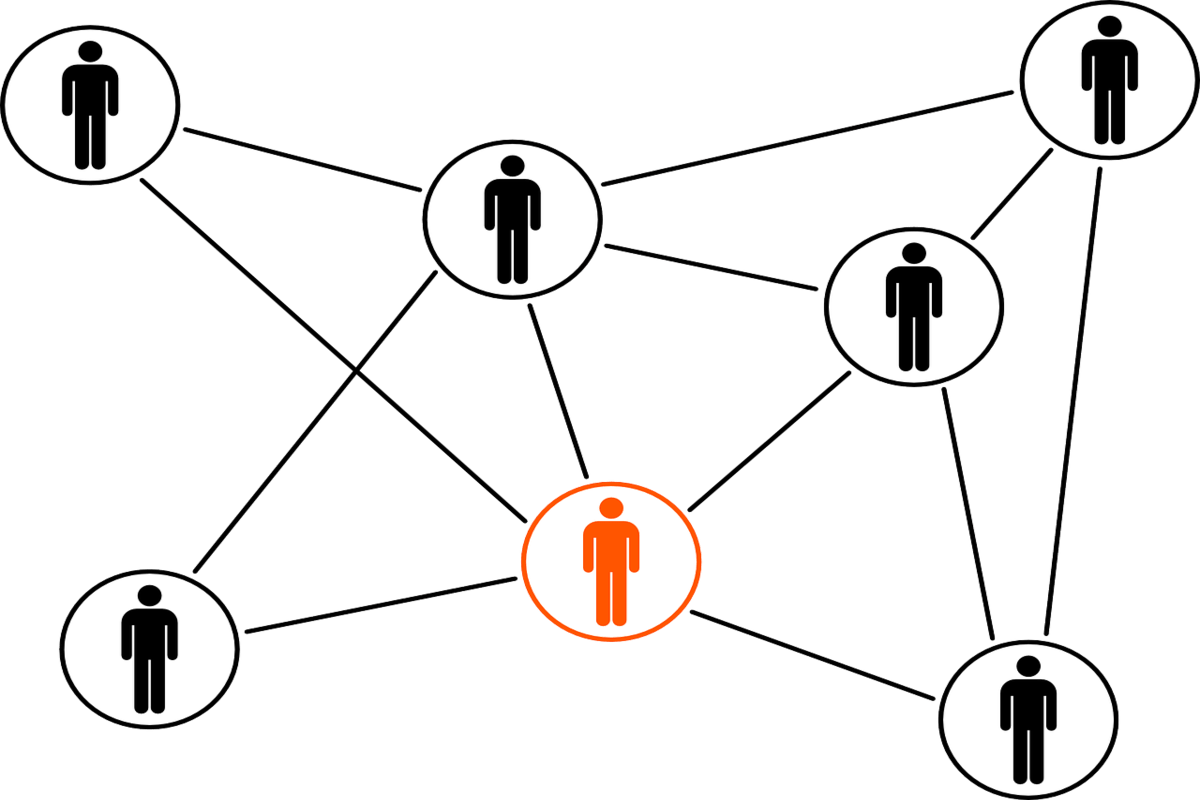Transfer prices in Serbia are those prices which are created based on transactions between related parties Business relations, or transaction are manifested to commercial, financial and other business transactions between related parties with the goal to make a profit for selling or buying of products and services.
On the other hand, even when there are no transactions between related parties, business relations between them can be identified. For example, in the case of a parent and an affiliated company, those can be certain decisions intruded by a parent company to affiliate, then the condition of doing business, choice of business partners, associates and others.
Transfer pricing in Serbia – business relations between related parties
The condition for the existence of transfer pricing is related to parties or related companies, which do transactions with each other. Besides that, it is considered that price becomes transfer price, exactly at the moment when a certain commitment connected to transactions between related parties is created.
When these two unrelated companies do business among themselves and make the transaction, the prices they create are known as transfer prices. The prices formed in practice between related parties can be different from real market ones (according to which the transactions between the unrelated companies are done). This can mean they can be the same, lover or higher form market prices.
Business relations between related parties, start from more reasons – for attaining market plans and results, and for attaining other non-market goals. Sometimes the goal of doing business is to lower tax contributions.
The transactions between related parties
Transactions done according to transfer pricing are related to the exchange of goods and services between related parties, (it is often the case between a parent company and the affiliates) This means that all the rules and decisions are defined inside related legal persons, or they form transfer prices between themselves.
It can be seen that related transactions that are done, are not always good for the individual, or affiliated companies, but they are individually bad for them. But, when it comes to the collective interest of the group, from which the whole group could profit than the transactions are done for this reason.
Example 1: Let’s say, a domestic company, as a dependent company can sell and export its products to the parent companies (from abroad) at lower prices – prices that are lower than if those products were sold by other domestic and unrelated companies.
Example 2: A company can import proficient services from its branch which is doing business in our country, according to prices which are lower than market prices cost for the same services, and it would pay prices which are lower than market prices for the same services just in some other companies. ( The prices are lower than realistic prices, which could be sold to other unrelated companies. )
In transactions of related persons, we also include the traffic of goods and services where any kind of payment is not necessary. So, the transaction which is done between two related companies can be given real estate in rent without any compensation or giving loans without interest. An unrelated person wouldn’t enter these transactions. But when it comes to transferring prices, these examples happen in practice.
Controlled transactions
It is considered that there is a connection between two companies if there is the control between them and also influence on making business decisions. That is why transfer prices have another name – controlled transactions because they can be controlled and influenced.
Different from controlled transactions, you can’t influence or control uncontrolled transactions because they are created between independent and unrelated legal persons, which do business under market conditions and market prices.
Transfer pricing or prices accounted for in transactions and business relations between related companies, are also known as controlled prices or endorsement prices.
Those are :
- The prices of products and services
- Intangible asset
- Financing
- Mutual participation in expenses of research and development.
With transfer prices, we always start with the assumption that they are formed when there are companies related to each other, legal persons and their mutual transactions. Related companies and related parties can be physical or legal persons, so as the residents of the same tax jurisdiction and the residents of different tax jurisdictions.
The most important characteristic of transfer price is that it can’t be influenced by market factors. When two people do transactions, transfer prices according to which they are done assign the economic relation between those two persons. The relations are assigned like this:
- Transfer pricing in Serbia determine how much profit salesmen can get (The seller company determines the height of profit)
- How big are buyers expenses (The company with the role of buyer determines how big are revenues)
This is the way how transfer prices influence on financial position and result of both persons or companies, and also on determine of the base for tax payment of both related parties This way of price creating can have a bad influence on tax income of a country, because business decisions are brought by mutually connected companies. This is mostly expressed in international, or abroad transactions and business relations between related legal persons, which are part of MNC and the residents of different tax jurisdictions.
The residents of different tax jurisdictions
In the case where members of MNC do business, transfer prices allow profit to transfer from companies which belong and do business in a jurisdiction with high tax load, to related parties which belong to a jurisdiction with smaller tax load The main goal is the transfer of profit or decreasing commitment on corporation tax.
B company, which does business in a jurisdiction with low tax load accounts prices of its products or services to other A company which does business in a jurisdiction with higher tax load, using prices which are higher than market prices. In this way, B company in its account shows a bigger profit, while A company shows bigger revenues.
The reverse situation is possible when prices lower than market prices are accounted:
A company from the jurisdiction with higher tax load accounts the prices of its products and services to B company, which is from the jurisdiction with lower tax load, only in prices that are lower than market prices. This way A company shows in its account lower profit, while B company shows in its account lower revenues.
In both cases, transfer/ moving profit was with the goal to lower tax commitment or to make it smaller than commitment which would have been created if companies hadn’t done business as related and according to transfer prices, but using market prices. The base of corporation tax is lower in A company, and in B company the base is higher. This way of doing business for related parties is worthwhile because the tax base is lower in the total level of MNC.
The related parties and the residents of different tax jurisdictions can also do the transfer of profit, which motive is not necessarily always decreasing tax commitment. Companies from Serbia, which are in a country with low (lower) tax load, can do business with related companies from countries with bigger tax load. In this case, a foreign company accounts for prices of its products and services according to prices higher than the market ones. It can happen opposite, that a company from Serbia accounts for foreign-related party prices which are lower than the market ones.
The residents of the same tax jurisdictions
Related parties that do business only inside one tax jurisdiction, can do transactions and create transfer prices for its products or services. In our case, it is Serbia and companies which do business as mutually related parties. The main goal of the transfer of profit is to decrease commitments on corporation tax or decreasing the base of corporation tax. Besides this, the base can be using tax stimulation through exemption from paying taxes, or tax credit in accordance with the laws of the Republic of Serbia.
Related legal persons which are at the same time the members of the domestic business group can establish transfer prices different from market prices and in that way make the transfer between themselves (or moving of profit). This what happens in practice
- Profit moves from one legal person to another related legal person, which has the right to use unused part of the tax credit from the earlier period, based on investing in capital assets
- Profit moves from one legal person to another related legal person which has the right to use tax loses brought from an earlier period, and which can be used to cover taxable profit from the current period
Unused tax credit for investment in capital assets can be used in a period of ten years after the finished investment. Tax losses can be transferred to profit accounts for the future periods and in the duration of five years at most.
The members of a domestic business group, which do business among themselves, but are not related parties, can use these benefits. Related parties, members in business transactions determine smaller tax commitment ( in comparison to tax commitment which would have been created, if they had done business according to market prices).
The conclusion about transfer prices
Transfer prices can also be a subject of misuse because sometimes they significantly influence on decreasing tax commitment, why some additional measures of tax and inspection control are administered. Misuses happen :
- To decrease tax commitments
- To avoid paying tax commitments
- During making out the account for fake transfer (mostly the subject of transactions are services)
On the other hand, the goal and motive of creating transfer prices do not tax savings, or decreasing and avoiding tax commitments. The motives can be conquering new markets, improving position on existing market, need for an increased level of liquidity, getting better business results, so to get better conditions in getting financial credits from business companies, etc.
If during the year, a company has done business with a related party and done transaction according to transfer pricing, there is a commitment to prepare a report about transfer pricing in Serbia which is delivered to authorized tax administration, which still controls doing business and adjustment of business between related parties with market conditions.










